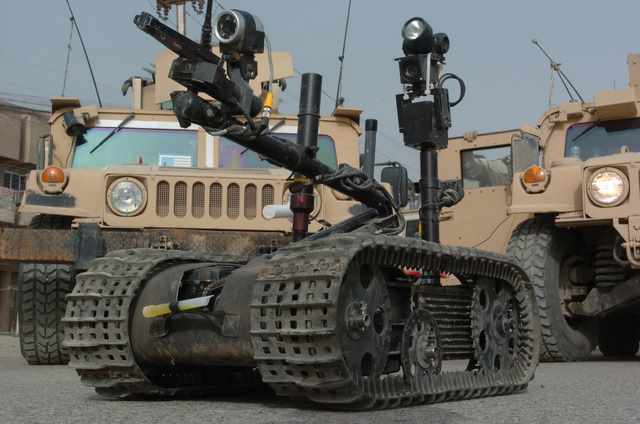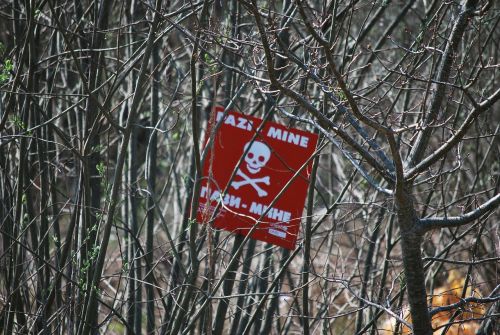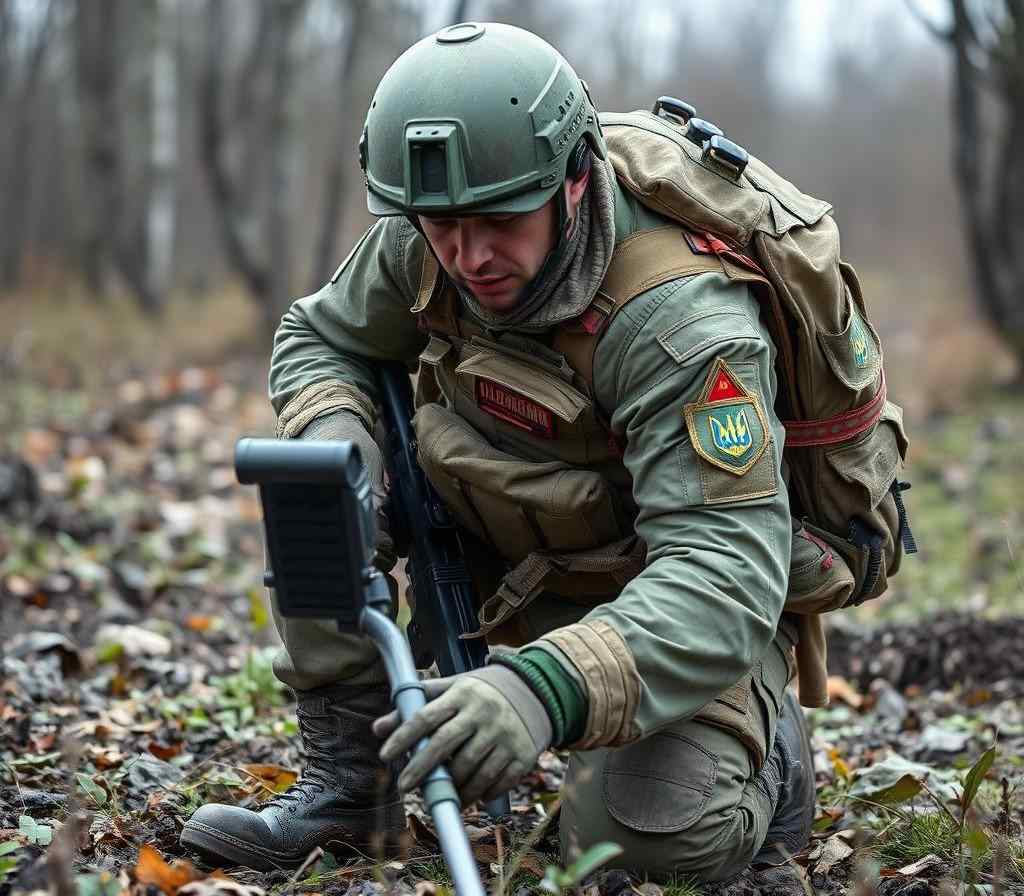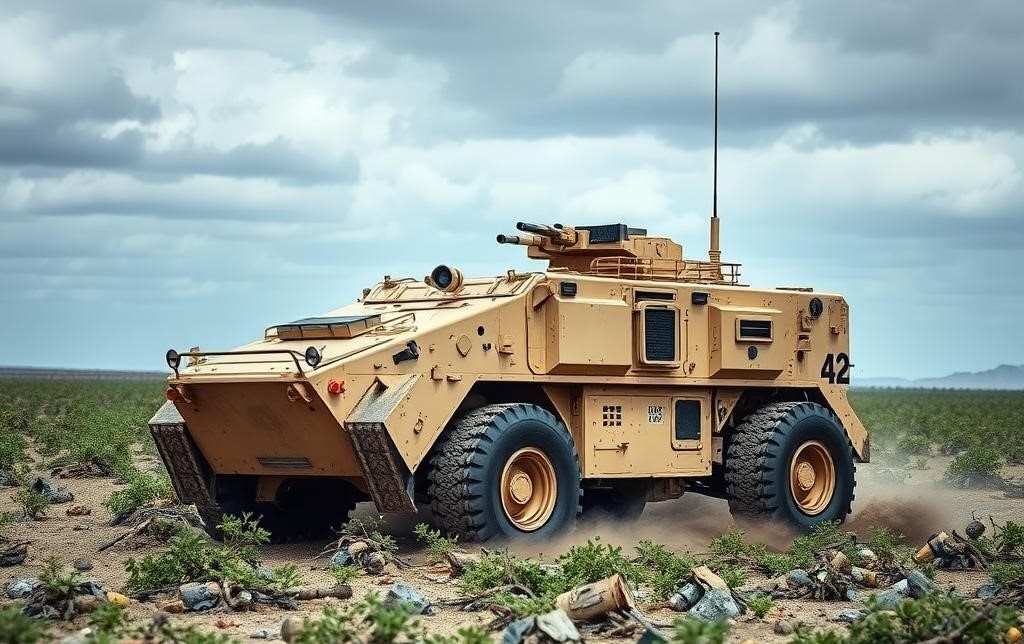The Ukrainian Start-Ups Building Mine Clearing Drones
A look at the latest application for uncrewed vehicles on the battlefield - the mine clearing drone.

There are many ways that drones and uncrewed vehicles are influencing the way that war is fought. Artillery spotting, tank busting, trench clearing, and even Medi-vac operations are now being conducted by remote controlled or even autonomous airborne or grounded machines.
However, the latest application for land drones is their ability to clear mine fields.

Military commanders have already found that one of the most effective way to locate buried mines is using low-flying drones that are outfitted with ground-penetrating radar.
These came into great use during the Ukrainian counter-offensive which began in late spring. During these advances, Ukrainian forces were slowed significantly by the complexity of Russian defensive positions, including mine fields which were sometimes as deep as four hundred metres.
Today, it is hoped that lessons can be learned from those failed attempts to break through Russian lines by using drones in the air to detect minefields and then land-based drones to clear them. Not only will this speed up future advances, but it will also make the dangerous job of clearing a path much safer.

Like much of Ukraine’s drone manufacturing industry, the development of this new application is a consequence of close cooperation between commercial and military initiatives. The robotic MICLIC, for example, was originally designed as a parking-lot sweeper.
It was a business which started life when Guilhem Herail, the CEO of Hermes Robotics, purchased a street sweeper five years ago and outfitted it with an autonomous system to clean up car parks. Guilhem offered the Air Force his robot as a maintenance tool for bases, and although the company did not get the contract, it was eventually linked up for use as a mine clearance drone.
Herail estimates that, if the US Army purchased hundreds of kits and conducted some last-minute quality control inspections, then one of the robotic systems (the M113) could be refurbished as a mine clearance drone for as little as $50,000. According to him, installing an autonomy package that enables an M113 to autonomously navigate to a certain location takes about eight hours, whereas making it radio-controllable takes only three.

Experimentation is now continuing to assess the best drones and devices for mine clearing without exposing personnel to danger.
One such test was described by military drone expert Sam Stove, as follows, “In a flash, an uncrewed Vietnam-era armoured personnel carrier flung a cable of explosives the length of a football field—then detonated it in a blast that cleared an eight-yard lane for troops to follow.” Observing that, the “successful test of an autonomous platform for the decades-old Mine Clearing Line Charge could one day help troops breach enemy defenses while taking fewer casualties.”
Several such experiments have demonstrated how commercial equipment is not always suitable for combat roles. Radio waves from other systems, for example, occasionally block out signals from remote controls – a frequent problem on a crowded modern battlefield. Additionally, uncrewed vehicles may also require additional sensors to be installed in order to provide their operators with more information about mechanical issues or physical barriers, which can be difficult to resolve.
“If no one is near, we’ve got to figure out how we can maintain that situational awareness,” explains Maj. Steven Calhoun, who heads army research for a department in this field.

Clearly more research is needed before land-based drones reach their full battlefield potential. However, their use in mine clearing operations shows obvious advantages in terms of speed, accuracy, and safety (in times of both war and peace). Moreover, the agility and precision of these uncrewed ground vehicles allows them to access treacherous terrain that would be inaccessible to human teams, expanding the reach of mine clearance initiatives worldwide.
Looking ahead, further refinements in drone technology, powered by emerging AI and autonomous capabilities, will only serve to enhance the effectiveness of this life-saving technology.

